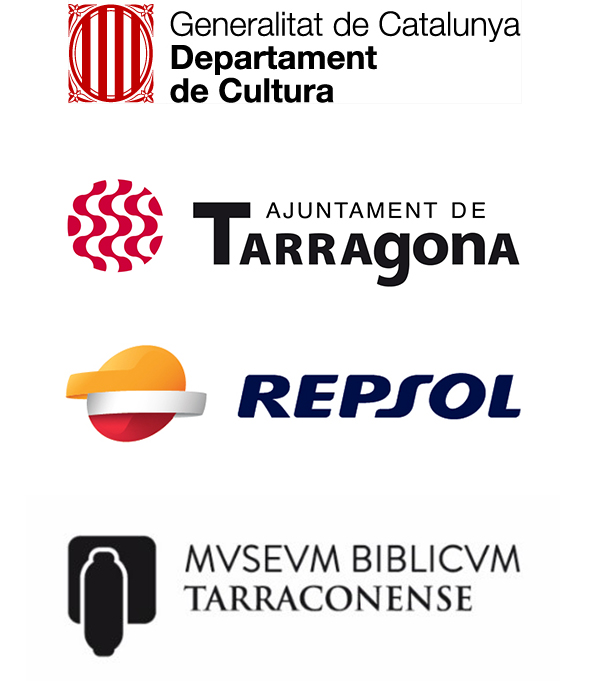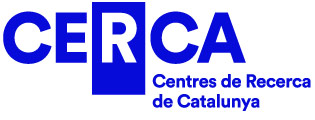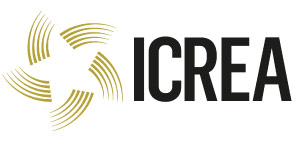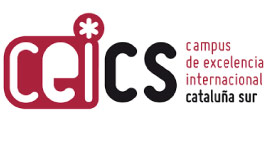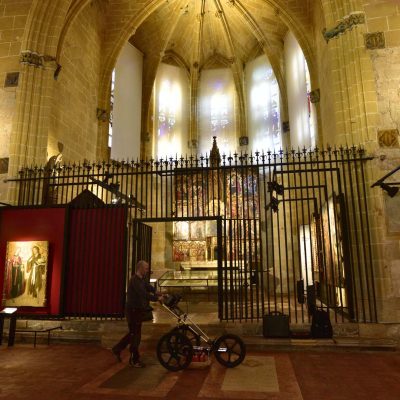
Archaeological research in the ensemble of Tarragona Cathedral is entering a new phase, with geophysical prospecting work to study the subsoil.
The Late Antiquity team of the MIRMED research group, led by Josep Maria Macias, has conducted geophysical prospecting work in the ensemble of Tarragona Cathedral, in collaboration with the Department of Mineralogy, Petrology, and Applied Geology at the University of Barcelona.
The intervention has involved various tasks of geophysical prospecting aimed at non-invasively discovering possible buried archaeological remains (meaning without damaging the pavement or subsoil).
The areas of intervention and the techniques applied have been as follows:
- Electrical tomography on Sant Pau Street to determine the shape of the upper part of the Flavian-era temple, a possible structure preserved in the subsoil of the Cathedral’s surroundings.
- A georadar survey has been conducted in the Chapel of the Blessed Sacrament and the Chapter Room, to reveal underground details of Tarragona Cathedral and investigate the foundations of the Roman-era temenos square.
These interventions provide a large volume of data, which will need to undergo a rigorous process of analysis and interpretation before conclusions can be drawn.
Geophysical prospecting is a methodology used in geosciences that relies on techniques to obtain information about the physical properties and composition of the subsoil without the need for excavations or direct interventions in the terrain. Among the most common techniques are electrical tomography and georadar.
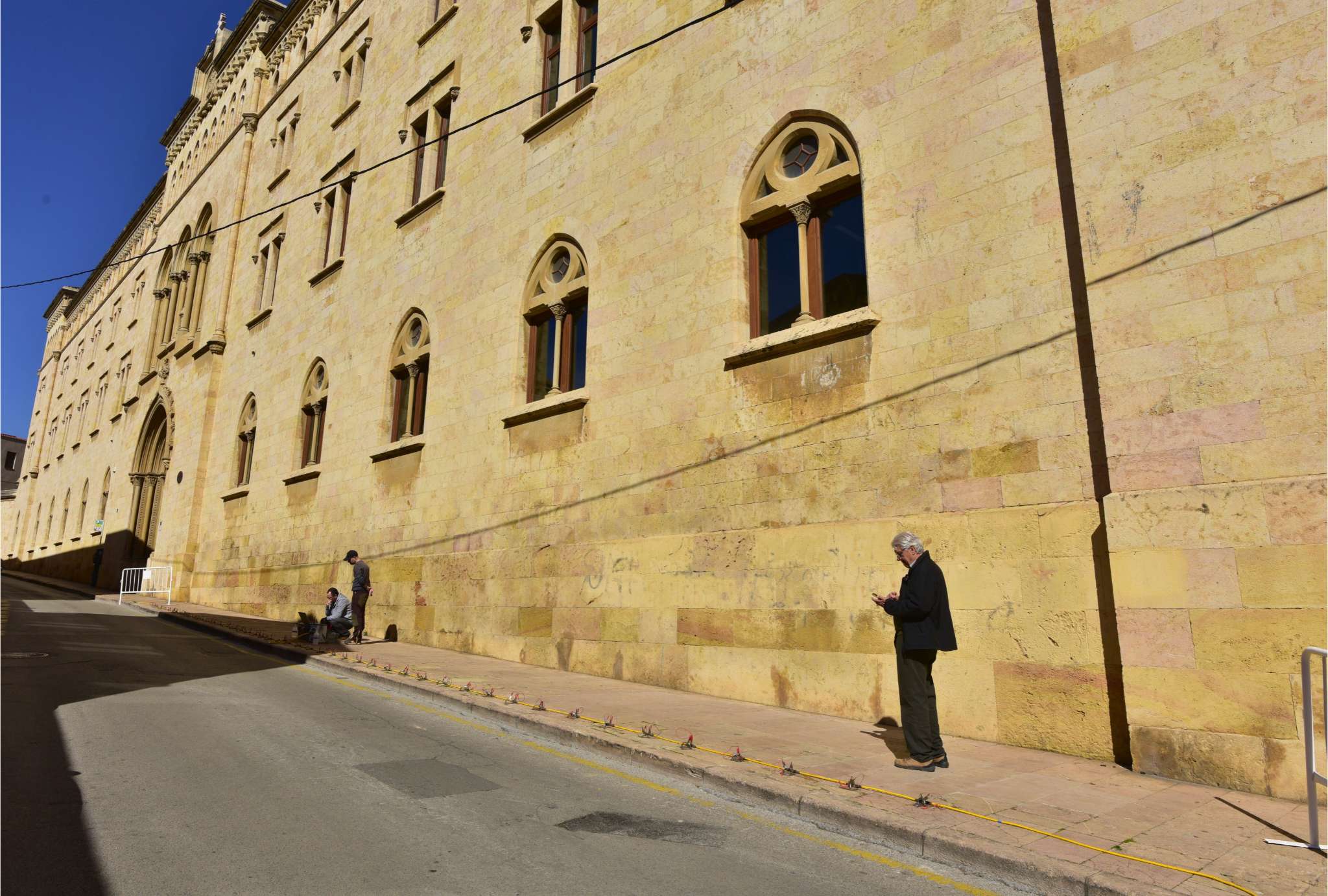
Electrical tomography is a geophysical technique used to measure the electrical resistivity of the subsurface by sending electrical current through the ground via a series of electrodes placed on the surface. The recording of resistivity (the ability of a material to resist the flow of electric current) allows for the subsequent construction of three-dimensional images of subsurface elements and the identification of anomalies or geological structures of interest.
On the other hand, ground-penetrating radar (GPR), also known as georadar, involves emitting high-frequency electromagnetic waves into the subsurface and subsequently detecting and analyzing the reflected waves. This technique enables the acquisition of images of underground layers and structures, including the detection of faults, geological layers, and the presence of cavities or buried objects.
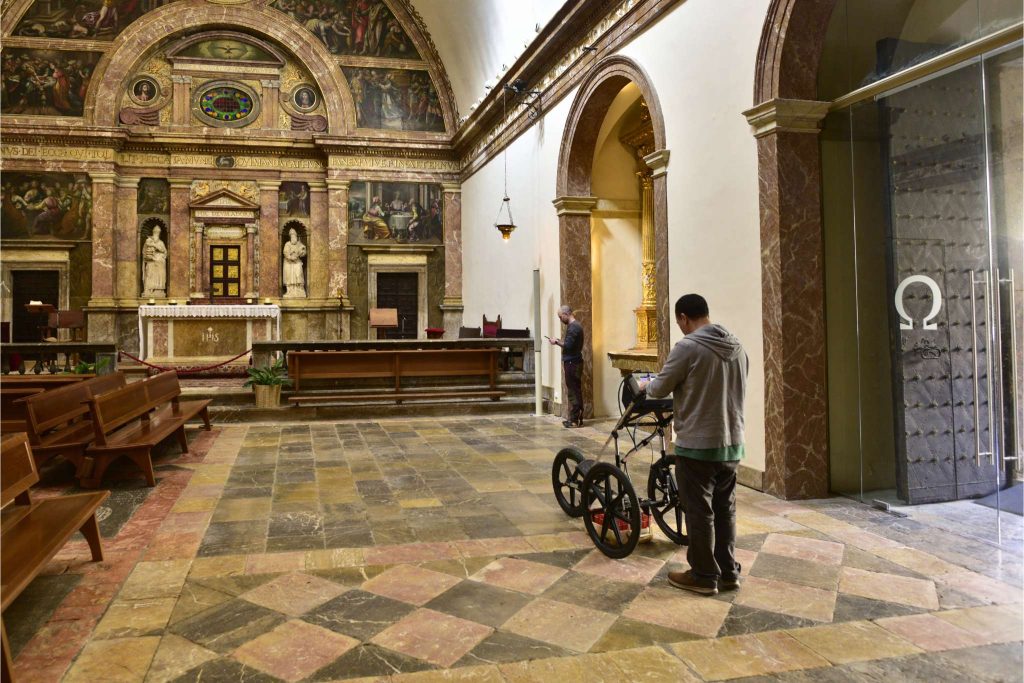
The research project of the Cathedral exemplifies the ongoing commitment of ICAC-CERCA to the preservation of the historical and cultural heritage of Tarragona.
The results of this intervention will serve to guide future archaeological actions around the Cathedral. It is proposed that in the next phase, the hidden Flavian-era temple will be intervened in the most effective and least invasive manner possible.
The actions are part of the four-year research project Excavacions als Entorns de la Catedral de Tarragona (III Fase) (CLT009/22/00102), led by researchers Josep Maria Macias, from the MIRMED research group, and Andreu Muñoz Melgar, director of the Diocesan Museum of Tarragona and associate researcher at the ICAC-CERCA.
Project funded by the Department of Culture of the Government of Catalonia (CLT009/22/00102), the Tarragona City Council, the company Repsol, and the Tarraconense Biblical Museum.
